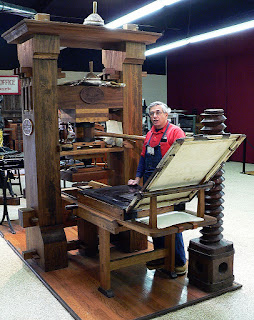The Battle of Vienna (German: Schlacht am Kahlen Berge or Kahlenberg; Polish: bitwa pod Wiedniem or odsiecz wiedeńska; Modern Turkish: İkinci Viyana Kuşatması, Ottoman Turkish: Beç Ḳalʿası Muḥāṣarası) took place in Vienna on 11–12 September 1683[1][18] after the imperial city of Vienna had been besieged by the Ottoman Empire for two months. The battle was fought by the Habsburg Monarchy, the Polish-Lithuanian Commonwealth and the Holy Roman Empire, under the command of King John III Sobieski against the invading Muslim Ottoman Empire and its vassal and tributary states, and took place at Kahlenberg Mountain near Vienna. The battle marked the first time Poland and the Holy Roman Empire had cooperated militarily against the Turks, and it is often seen as a turning point in history, after which "the Ottoman Turks ceased to be a menace to the Christian world".[19] In the ensuing war that lasted until 1698, the Turks lost almost all of Hungary to the Holy Roman Emperor Leopold I.[19] . . . .
Historians suggest the battle marked the turning point in the Ottoman–Habsburg wars, a 300-year struggle between the Holy Roman and Ottoman Empires. In fact, during the 16 years following the battle, the Austrian Habsburgs gradually recovered and dominated southern Hungary and Transylvania, which had been largely cleared of Turkish forces. The battle is also noted for including the largest known cavalry charge in history.
 |
| "Scutum shown under the name Scutum Sobiesii on Chart IX of the Uranographia of Johann Bode (1801). It is squeezed between Aquila (left), Serpens Cauda (above and right), and Sagittarius (below)." [HT: Ridpath] |
Scutum was named in 1684 by Polish astronomer Johannes Hevelius[1] (Jan Heweliusz), who originally named it Scutum Sobiescianum (Shield of Sobieski) to commemorate the victory of the Christian forces led by Polish King John III Sobieski (Jan III Sobieski) in the Battle of Vienna in 1683. Later, the name was shortened to Scutum.This victory at the gates of Vienna is of course 318 years, less one day, before the 9/11-01 attack by Bin Laden. The underlying message for those familiar with history is, that bin Laden saw himself as taking up where the Ottoman Caliph left off in the campaign of global IslamIST conquest. For, Sept 11, 1683 was the previous high-water mark of the IslamIST thrust in the West.
As this battle and pivotal victory is a significant point in general histories of Europe, the significance of the date Sept 11, 2001 for the attacks by bin Laden has to be widely understood. But, it is generally shrouded under a veil of silence.
That this is so fifteen years after the 9/11-01 attacks, speaks telling volumes.
Food for thought.
Anyway, it seems there is a movie, enjoy:
Let us remember from this day forward:
Complacency Day, Sept 10;
9/11-01, Sept 11;
Sobieski Day, Sept 12.
Those who refuse to learn from history are doomed by their folly to relive its worst chapters. END























